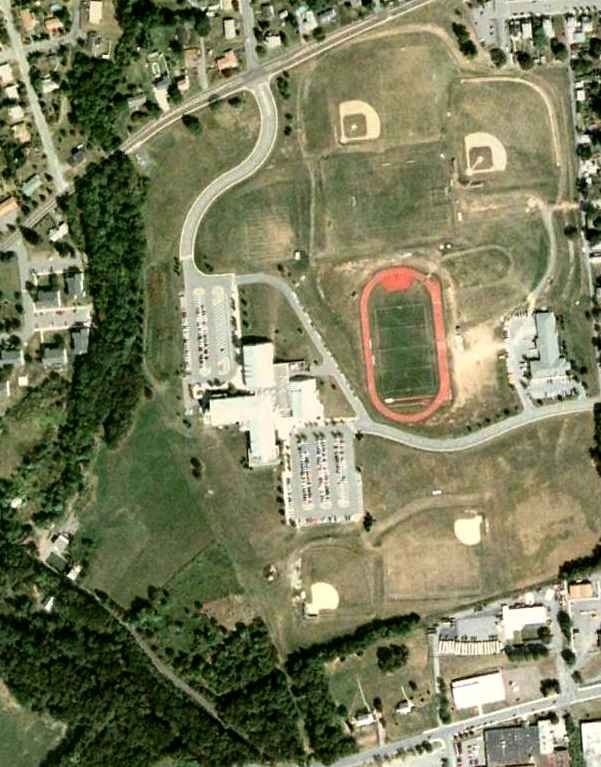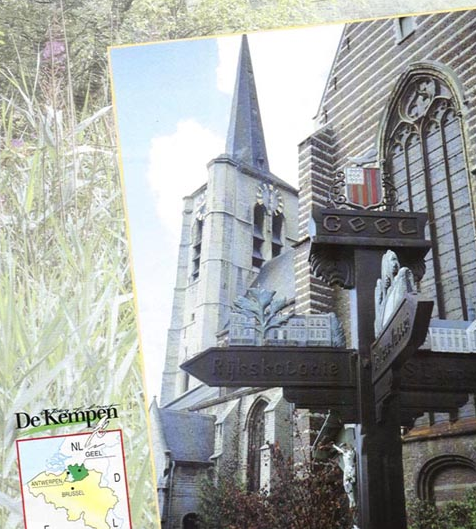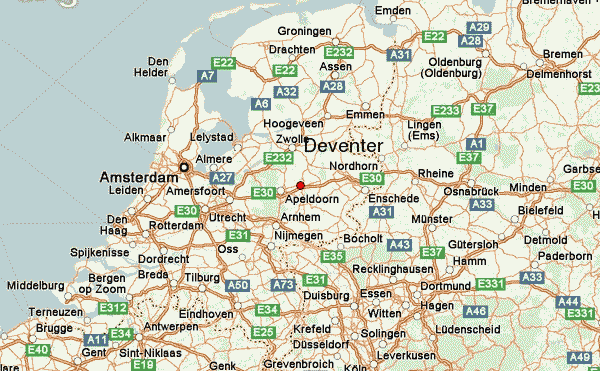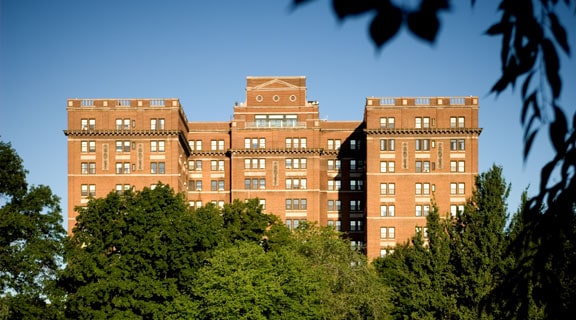2016-2017 Fulbright Distinguished Award in Teaching USA recipients
Travel for Americans arriving by air or train to orientation in DC was handled by a travel agency; a schedule of arrivals and departures was sent out ahead of time so fellow Fulbrighters could meet and arrange transportation to the hotel together. The International recipients arrived the day before.
Each of us had a name tag so the hotel lobby was filled with people looking at each other's stomachs and smiling, then laughing in recognition we were Fulbrighters together - incessant chatters of excitement followed.
I met one woman right off the bat -- we were checking in at the same time -- and I heard her ask where registration was.
"You're a Fulbrighter? Me, too!"
 |
| Simon (New Zealand) will spend 4 months in America. |
 |
| Part of the Washington, DC Monuments tour |
 |
| The International Fulbrighters and a few stray Americans at The Kennedy Center |
Right after my arrival, I hopped on a bus for a Washington, DC Monuments Tour arranged by IIE and spent a few hours with the International Fulbrighters - because between stops we got to sit near different people and talk about their home country, what brought them to America, what drives them in their research, and what they should try to see during their four months here.
So...where do all the Fulbrighters live?
Merry Willis, a Georgia girl heading to New Zealand, put together a Google Map that shows where everyone lives.
Where in the world are the Fulbrighters?
After the tour it was time for dinner and I need to mention that each meal was
divine (and plentiful). The only reason I can't post a foodie photo is because my hands were too busy bringing the fork up to my mouth and back to the plate again and again and again and again.
Loews Madison Hotel is beautiful, the staff is professional and accommodating, and the facilities are relaxing and comfortable. We had a chance to meet in a variety of conference rooms as well as lounge in the restaurant, bar, and common areas.
 |
| Tiffany and Merry |
 |
| Tiffany, Merry, Cristina, Anne, and Colleen |
 |
| Anne and Colleen |
THE SESSIONS
Day 1
In The Workshop Overview, Holly Emert, with IIE, made sure we all had our materials and told us what to expect from the sessions. She introduced
Craig Storti, Director, Communicating Across Cultures, who led The Art of Crossing Cultures.
Making the Most of Your Fulbright Experience: Tips from the DA Program Alumni was facilitated by the IIE staff and was eagerly anticipated by all the current recipients.
 |
Left to Right: Jessica Stovall (USA to New Zealand), Anne Ward (USA to the Netherlands),
Andrea Dinan (USA to Mexico), Cristina Casillo (USA to Botswana) |
Two main messages emerged through each speaker's presentation:
"You will be okay."
"Say yes. You never know when you'll find opportunity and friends."
Most of the 2016-2017 recipients have questions and concerns about their travel and experience, but the alumni were so reassuring that by the end of their talk, we were all able to breathe, relax, and get excited about conducting our research.
Cristina described her time in Botswana as lonely at first. She had to reach out for support and was hesitant because she didn't want to feel like a failure; however, once she reached out to her mentor, she renewed her confidence and embraced her time abroad. Her advice was: "ask for help."
Anne noted an interesting difference between education in the Netherlands vs. America. In the Netherlands, there is a Youth Council (paid positions!) that advises the adult council in order to ensure youth are represented, respected, and given a voice.
Jessica has a
blog I followed during my application process so I felt like I already knew her well; she is just as warm and lovely in person as I had anticipated. Her blog listed the timeline of the application process, which is why I include it on mine - I couldn't find one an any other blog and was desperate to know approximately when I'd hear about my application.
The evening Welcome Reception featured
Evan Ryan, Assistant Secretary of State for Educational and Cultural Affairs. Introduced by
Betty Castor, who was appointed by President Barack Obama to the J. William Fulbright Foreign Scholarship Board, Evan Ryan talked about how the two organizations work in partnership with
The Institute of International Education to promote cross-cultural dialogue and mutual understanding between cultures as well as advance education worldwide. It was humbling to know our applications are read by such prestigious people and to know our ideas are valued and seen as worthwhile. Both women commented that our reach is far beyond our home schools - the influence of Fulbright research has affected policy and the direction of education in America. I was reminded of themes in my English classes:
The individual in society
An ordinary person in extraordinary circumstances
All people are connected
One person can make a difference
and felt hundreds of years of literature come alive - the possibility to affect change, enhance lives, and bring happiness to people is a real possibility; my path feels clear and supported with encouragement from my government officials.
Day 2
We started the day with Administration of Your Fulbright Grant, facilitated by IIE Fulbright Program Staff and DA Alumni. Discussed were topics like administrative items, financial issues, the role of ECA, IIE and host country partners, visas, and ASPE health coverage.
Directly afterward, we broke into groups with alumni who returned from our host country for focus groups, then discussed Living in Another Country. From there we moved with our groups to discussion of Educational Systems: Country Group Discussions for more nuanced information about educational systems, current trends in education, and teacher development.
 |
Of course the U.K. group met in "the pub"!
Back row: Robert, Cristi, Victoria, Marjorie, Courtney (alum)
Front row: Cathleen (alum), Andrew, Denise |
Brandon Wiley facilitated discussion about Meeting the Needs of Underserved Students around the World.
Day 3
Virtual Collaboration and Sharing was facilitated by IIE staff and DA alumni, then we had an invigorating discussion: Program Participation: Challenges and Strategies that covered topics like
What challenges have you encountered applying for and getting approval to participate in the program?
Brandon Wiley then wrapped up our sessions with Developing Global Competence.
It was sad to say goodbye to all the recipients. This orientation represents the one time we will all be in the same place at the same time. A few of us talked and worked in comfy lobby chairs, took short walks, and then decided to celebrate our time together with a toast.
The Donovan played host to my last social event of orientation -- a drink on the rooftop with new friends.
 |
| Gaone and Keitumetse |
 |
| Andrea, Beth, Gaone, Keitumetse, and Martha |
 |
| Beth, Gaone, and Keitumetse |
 |
| Tiffany and Cristi |
 |
| Countries reflected: Singapore, Finland, U.K., Botswana, New Zealand, United States |
“Be the change that you wish to see in the world.”

























